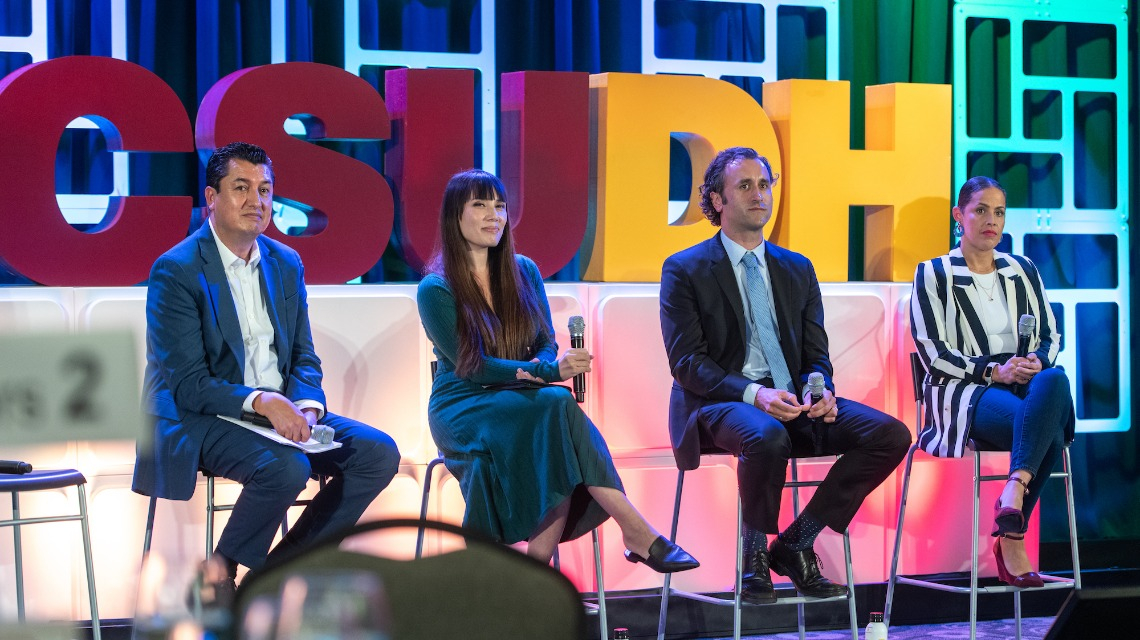Economics
-
Archive

Daily Breeze: South Bay Economy Will Continue Thriving Despite Challenges, CSUDH Economists Say
From left: Professor Jose Martinez, Associate Professor Jennifer Brodmann, Associate Professor Fynnwin Prager, and host Frank Mottek Source: Daily Breeze…
-
Archive

Daily Breeze: South Bay Economic Forecast Predicts Mixed Bag of Financial Fortunes
Left to right: Professor of Economics Jose Martinez, Assistant Professor of Finance Jennifer Brodmann, Associate Professor of Public Administration Fynnwin…
-
Archive

Study on California’s Freight Competitiveness Presented at Public Forum
At a public forum on Wednesday, March 23, Associate Professor of Information Systems and Operations Management Jian-Yu (Fisher) Ke and…
-
Archive

CSUDH Hosts 7th Annual South Bay Economic Forecast Conference
Though COVID-19 continues to upend many aspects of life – not least the economy – the South Bay region can…
-
Faculty Highlights

Faculty Highlights: July 2021
Our faculty members participate in conferences around the world, conduct groundbreaking research, and publish books and journal papers that contribute to…